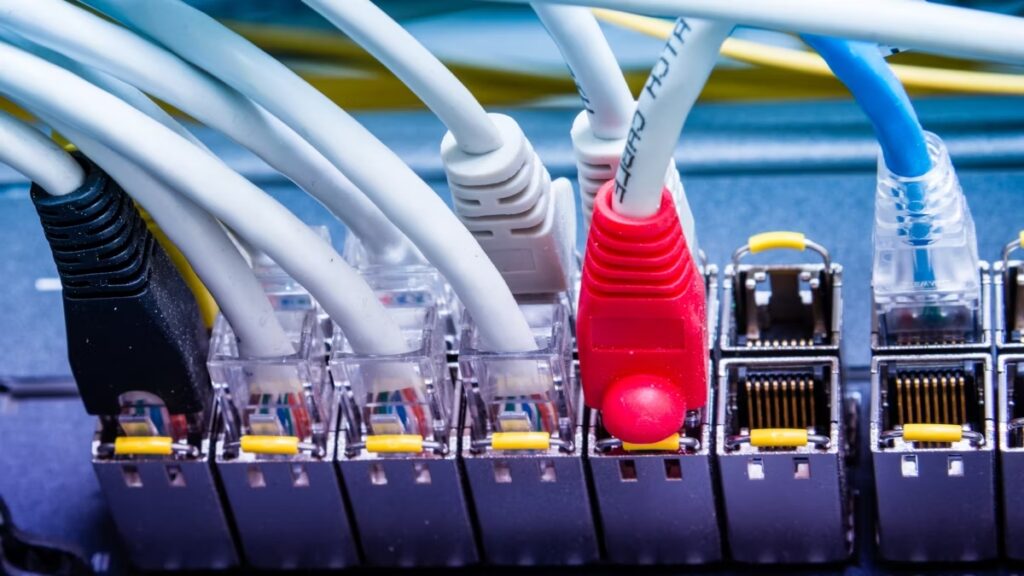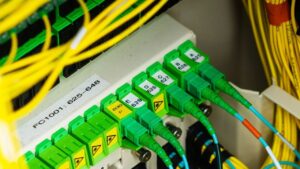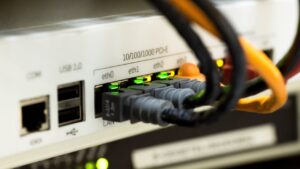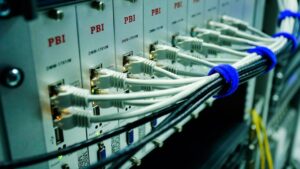The disadvantages of ethernet while widely used for networking in Dubai and the UAE, possess certain drawbacks. One notable area for improvement is its dependency on physical cables, which can be cumbersome to install and maintain, hindering flexibility and scalability. Additionally, Ethernet’s performance can be impacted by cable length and interference, potentially limiting its efficiency in large or complex network setups. These disadvantages highlight the need for alternative networking solutions in the dynamic technological landscape of Dubai and the UAE.
I. Disadvantages of Ethernet Cable
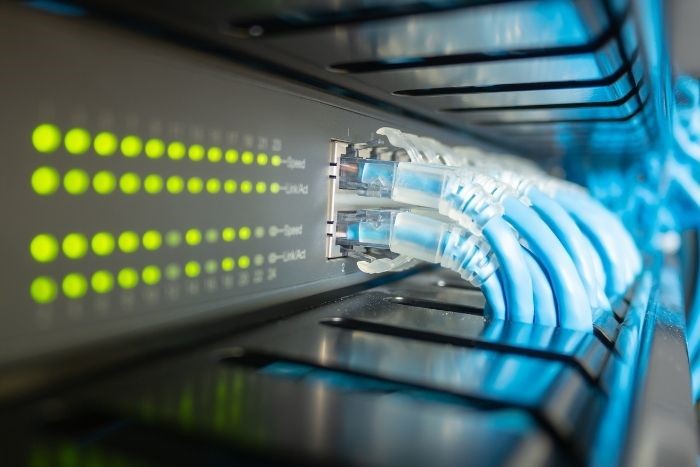
- Limited Mobility: Ethernet cables restrict device mobility due to their physical connection, hindering flexibility in device placement.
- Installation Complexity: Setting up Ethernet links can be tested, including penetrating openings and linking the board.
- Cable Clutter: Multiple cables can lead to a cluttered and unsightly workspace.
- Vulnerable to Damage: Ethernet cables are susceptible to physical damage, such as crimping or cutting.
- Limited Lengths: Ethernet cables have limitations, requiring additional equipment for longer connections.
II. 5 Disadvantages of Ethernet
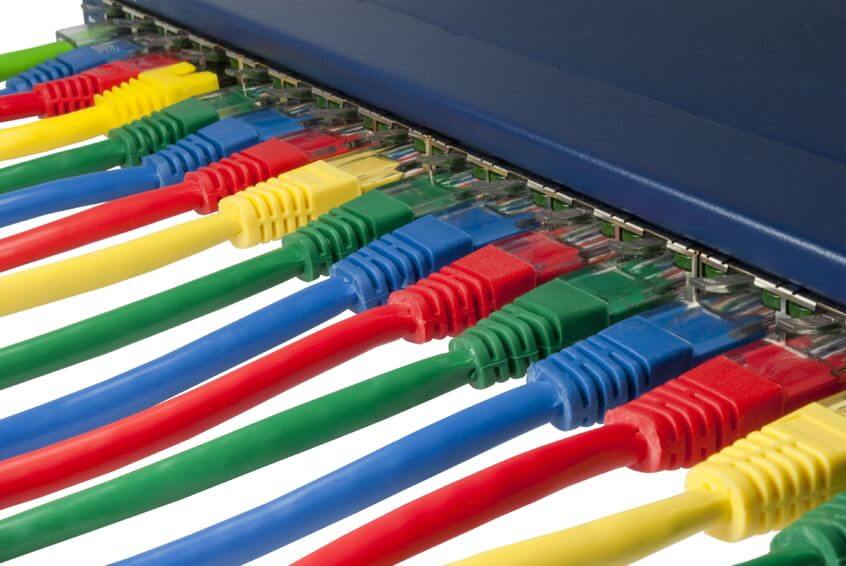
- Limited reach: Ethernet cables can only support a certain length, typically up to 100 meters. This can be a limiting factor for large networks or those that need to cover a long distance.
- Susceptibility to interference: Ethernet cables can be susceptible to interference from other electrical devices, such as power lines and fluorescent lights. This can cause data corruption or loss.
- Complexity: Ethernet organizations can be mind-boggling to set up and make due, particularly for huge organizations. This can require specialized training and expertise.
- Cost: Ethernet cables and networking equipment can be expensive, especially for large networks.
- Performance: Ethernet networks can experience performance degradation under heavy load. This can be a problem for applications that require real-time or high-performance data transfer.
III. 5 Advantages of Ethernet
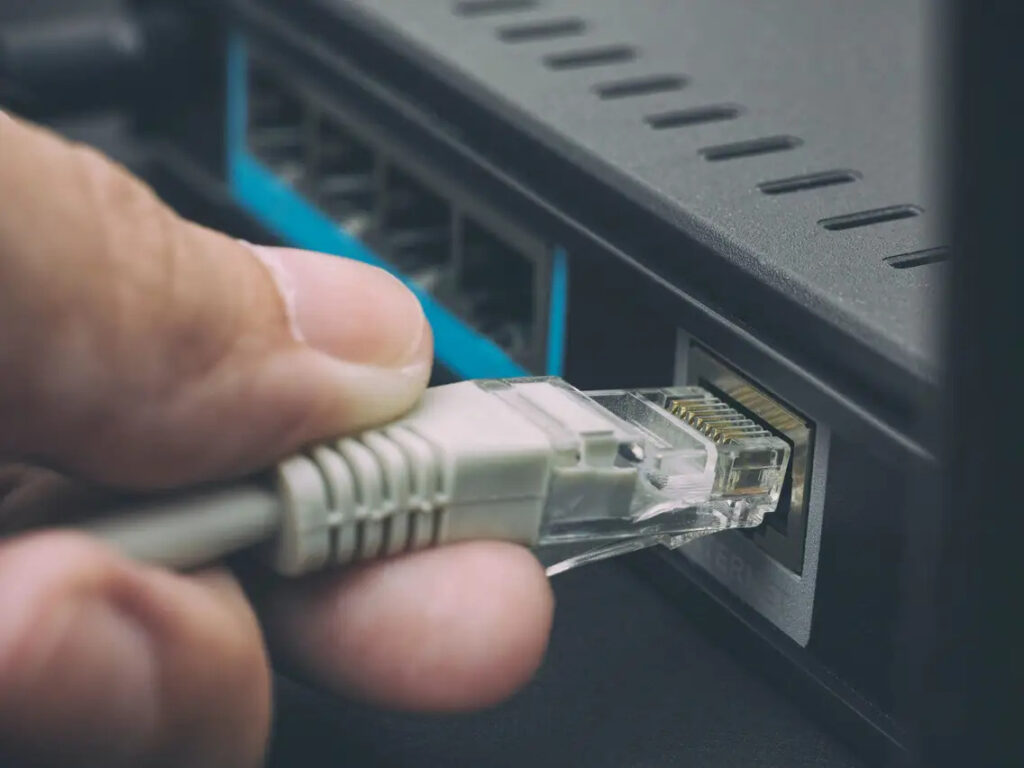
- Speed: Ethernet offers blazing-fast data transfer speeds, ranging from 100 Mbps to 10 Gbps, ensuring rapid communication between devices.
- Reliability: It boasts exceptional reliability, as Ethernet connections are less prone to interference and data loss compared to wireless options.
- Security: Ethernet networks offer a strong foundation for security, helping organizations mitigate the risk of unauthorized access and data breaches more effectively.
- Scalability: Ethernet can easily scale to accommodate increasing network demands, making it suitable for both small and large setups.
- Low Latency: Ethernet’s exceptional performance with minimal latency makes it the top choice for real-time applications such as online gaming and video conferencing, guaranteeing a smooth and uninterrupted user experience.
A. Can Ethernet Cables Go Bad
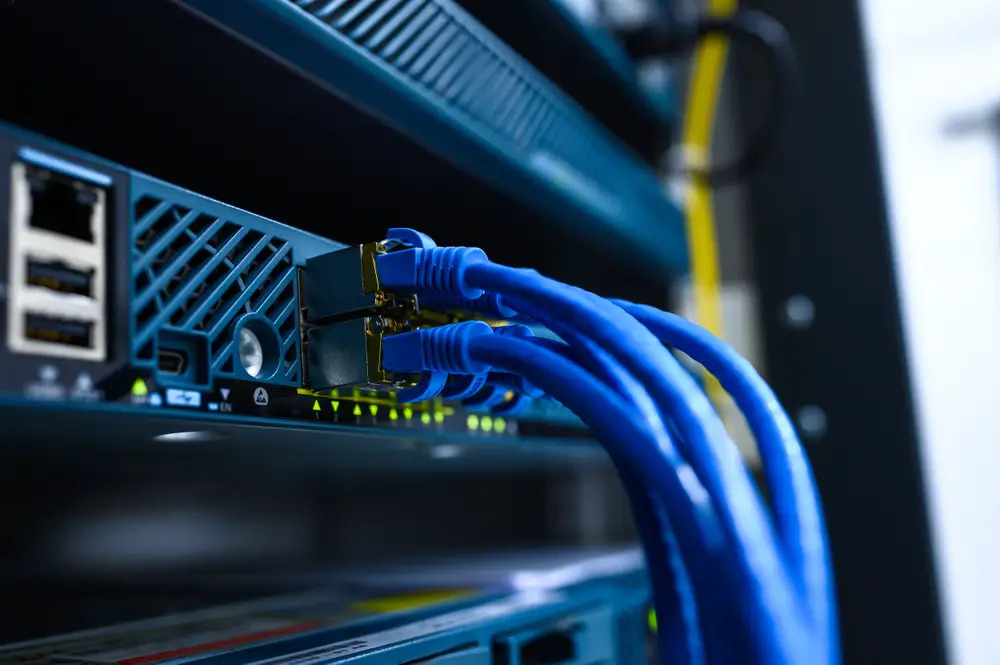
- Limited Lifespan: Just like any technology, Ethernet cables may experience wear and tear over time, which can gradually impact their effectiveness.
- Physical Damage: Damage from bending, crushing, or twisting can render Ethernet cables useless.
- Interference and Signal Loss: External factors like electrical interference can disrupt Ethernet connections, leading to a malfunction.
- Obsolete Standards: Outdated Ethernet cable standards may not support modern networking needs, resulting in inefficiencies.
- Cost of Replacement: Replacing Ethernet cables can be costly, especially in large network setups.
- Maintenance Challenges: Ensuring cable integrity and performance can be time-consuming, with frequent checks and replacements.
- Inflexibility: Fixed cable installations can’t adapt to changing network requirements easily.
- Environmental Factors: Exposure to harsh environments can accelerate cable deterioration.
- Complexity: Managing Ethernet cables in complex networks can be challenging, increasing the likelihood of issues.
- Compatibility Issues: Mismatched cable types can lead to connectivity problems, adding to the disadvantages of Ethernet.
B. What Are Some Challenges With Ethernet?
Disadvantages of Ethernet include susceptibility to electromagnetic interference, limited mobility due to wired connections, and potential security vulnerabilities. These challenges highlight the need for wireless alternatives in certain scenarios.
C. What Causes Ethernet Issues?
- Hardware failures: This encompasses a range of potential issues, from faulty Ethernet cables to problematic network adapters, routers, and switches, all of which can contribute to network performance problems.
- Incorrect configuration: This can include network settings that are not properly configured, such as IP addresses, subnet masks, and gateway addresses.
- Software conflicts: This can include conflicts between different software programs that are running on your computer, or between your computer and your network devices.
- Network congestion: This can happen when an excessive number of gadgets are attempting to utilize the organization simultaneously.
- ISP outages: Assuming your network access supplier (ISP) is encountering a blackout, this can likewise cause Ethernet issues.

